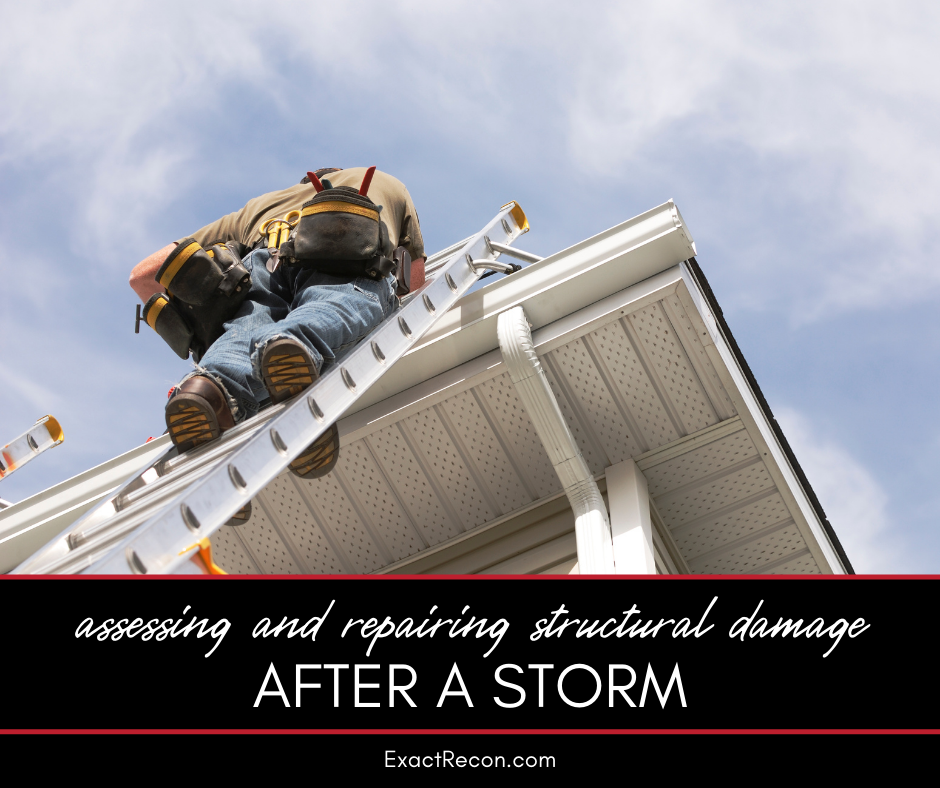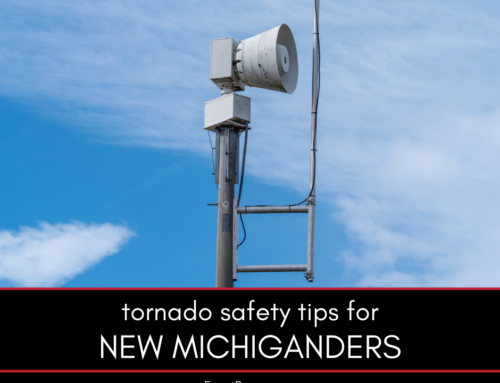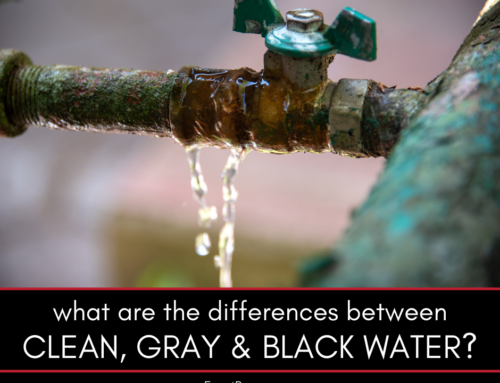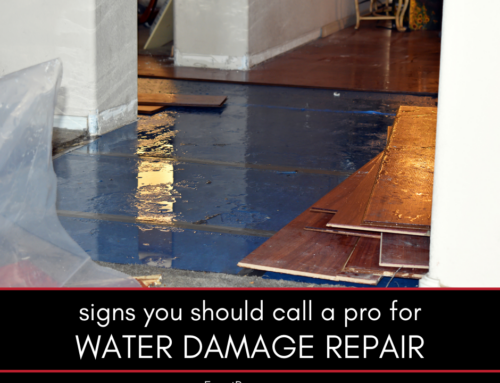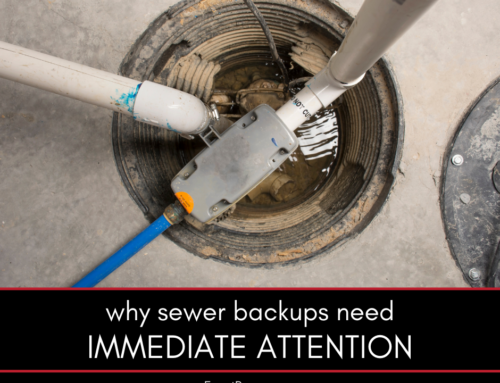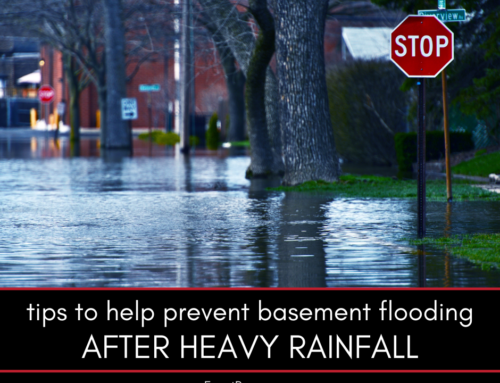Storms can cause significant structural damage to homes, jeopardizing their stability and safety. Knowing how to assess and repair this damage is crucial for maintaining your property’s integrity. This guide will help you understand the steps involved and when it’s necessary to call a professional.
Assessing and Repairing Structural Damage After a Storm
This guide provides detailed steps for assessing and repairing structural damage after a storm. It covers the following:
- Ensuring safety first
- Conducting a preliminary inspection
- Identifying common types of structural damage
- Repairing minor damage
- When to call a professional
- Preventative measures for future storms
- Documentation for insurance claims
Here’s a closer look at each.
Ensuring Safety First
The first priority after a storm is ensuring the safety of everyone in your home. Before beginning any assessment or repair, make sure the storm has completely passed and it is safe to go outside. Wear protective clothing, including gloves, boots, and a hard hat, to protect yourself from potential hazards such as broken glass, nails, and debris. If you suspect any structural issues that could pose an immediate danger, evacuate the area and call a professional immediately.
Related: Expert advice on water damage, fire damage, mold and more
Conducting a Preliminary Inspection
After ensuring safety, conduct a preliminary inspection of your home to identify any obvious signs of structural damage. Start by walking around the exterior of your property, looking for visible issues such as cracks in the foundation, displaced roof shingles, broken windows, and damaged siding. Check for fallen trees or large branches that may have impacted your home. Inside, look for signs of damage such as cracks in walls and ceilings, doors and windows that no longer open or close properly, and floors that feel uneven or sagging.
Identifying Common Types of Structural Damage
Understanding the common types of structural damage caused by storms can help you assess the severity of the damage to your home.
Roof Damage: Storms can cause significant damage to roofs, including missing or broken shingles, leaks, and structural damage to the roof’s framework. Look for visible signs of damage and inspect the attic for water stains or dampness.
Foundation Damage: Heavy rains and flooding can compromise the integrity of your home’s foundation. Look for cracks, shifts, or bulges in the foundation walls, and check for signs of water seepage or erosion around the foundation.
Wall and Ceiling Damage: High winds and flying debris can cause cracks and holes in the walls and ceilings of your home. Look for visible damage, including bulges or soft spots, which may indicate water damage or structural issues.
Window and Door Damage: Storms can break windows and damage doors, affecting their ability to open and close properly. Inspect all windows and doors for cracks, broken glass, and misalignment.
Siding and Exterior Damage: Inspect the siding and exterior of your home for cracks, holes, and loose or missing panels. Check for damage to gutters, downspouts, and other exterior fixtures.
Related: Sewage backup in your home
Repairing Minor Damage
For minor damage, such as small cracks or missing shingles, you may be able to make repairs yourself.
Roof Repairs: Replace missing or damaged shingles and seal any leaks with roofing cement. If the damage is localized, you can use a tarp to cover the affected area temporarily until more permanent repairs can be made.
Foundation Repairs: Small cracks in the foundation can be sealed with epoxy or polyurethane foam injection. If you notice water seepage, ensure proper drainage around your home by clearing gutters and downspouts and installing drainage systems if necessary.
Wall and Ceiling Repairs: Patch small cracks and holes in walls and ceilings with spackling compound or drywall repair kits. For larger holes, you may need to cut out the damaged section and replace it with new drywall.
Window and Door Repairs: Replace broken glass and repair or replace damaged window frames and doors. Ensure that windows and doors open and close properly and reseal any gaps to prevent drafts and water intrusion.
Siding and Exterior Repairs: Replace damaged siding panels and repair or replace broken gutters and downspouts. Ensure that exterior fixtures are securely attached and functioning properly.
When to Call a Professional
While minor repairs can be handled by homeowners, significant structural damage requires the expertise of a professional. Call a professional if you encounter any of the following situations:
- Extensive roof damage, including large sections of missing shingles or structural damage to the roof’s framework
- Large cracks or significant shifts in the foundation
- Major cracks, bulges, or soft spots in walls and ceilings
- Windows and doors that are severely damaged or no longer open and close properly
- Significant exterior damage, including large holes in siding or damage to essential exterior fixtures
Professionals have the tools, knowledge, and experience to safely and effectively repair major structural damage, ensuring the long-term stability and safety of your home.
Preventative Measures for Future Storms
Taking preventative measures can help minimize the risk of structural damage in future storms.
Roof Maintenance: Regularly inspect and maintain your roof, replacing missing or damaged shingles and ensuring the roof is in good condition. Consider reinforcing the roof with storm-resistant materials.
Foundation Maintenance: Ensure proper drainage around your home to prevent water buildup around the foundation. Install sump pumps and drainage systems if necessary to manage excess water.
Wall and Ceiling Maintenance: Regularly inspect walls and ceilings for signs of damage and address any issues promptly. Reinforce walls and ceilings with storm-resistant materials if you live in an area prone to severe weather.
Window and Door Maintenance: Install storm shutters or impact-resistant windows and doors to protect against flying debris. Ensure that windows and doors are properly sealed to prevent water intrusion.
Siding and Exterior Maintenance: Regularly inspect and maintain the siding and exterior of your home. Reinforce exterior fixtures and consider using storm-resistant materials for siding and other exterior elements.
Documentation for Insurance Claims
Proper documentation is essential for insurance claims and ensuring you receive the compensation needed for repairs. Take detailed photos and videos of all damage, both inside and outside your home. Make a list of damaged items, noting their approximate value and purchase date. Contact your insurance company as soon as possible to report the damage and start the claims process. Provide all necessary documentation, including photos, videos, and a detailed inventory of damaged items. An insurance adjuster will likely visit your home to assess the damage and determine coverage.
Related: How does homeowners insurance work after a disaster?
FAQ About Assessing and Repairing Structural Damage
Check out these commonly asked questions about assessing and repairing structural damage after a storm. If you don’t see your question here, please call our office and we’ll find you the answers you need.
How Soon Should I Inspect My Home for Damage After a Storm?
You should inspect your home for damage as soon as it is safe to do so after a storm. Prompt inspection and repair can prevent further damage and ensure your home’s safety and stability.
What Are the Signs of Foundation Damage?
Signs of foundation damage include cracks in the foundation walls, shifts or bulges in the foundation, water seepage, and erosion around the foundation. If you notice any of these signs, it is essential to address them promptly.
Can I Repair Minor Roof Damage Myself?
Yes, minor roof damage, such as small cracks or missing shingles, can often be repaired by homeowners. However, extensive roof damage requires professional repair to ensure the roof’s structural integrity.
How Can I Prevent Structural Damage in Future Storms?
Prevent structural damage in future storms by maintaining your roof, ensuring proper drainage around your home, inspecting walls and ceilings for damage, reinforcing windows and doors, and maintaining the siding and exterior of your home.
Why Is Professional Repair Important for Major Structural Damage?
Professional repair is important for major structural damage because professionals have the expertise, tools, and experience to safely and effectively repair the damage. They ensure the long-term stability and safety of your home, preventing further issues.
Do You Need a Disaster Remediation Expert in Washtenaw County or Jackson County?
If your home has already been damaged, we can help. Check out our services and call Exact Recon for your free disaster remediation quote today. We offer:
- Water damage restoration
- Fire damage restoration
- Mold removal and remediation
- Fire and smoke restoration
- Sewer cleanup and disinfecting
- Reconstruction
- Wind and storm damage repair


